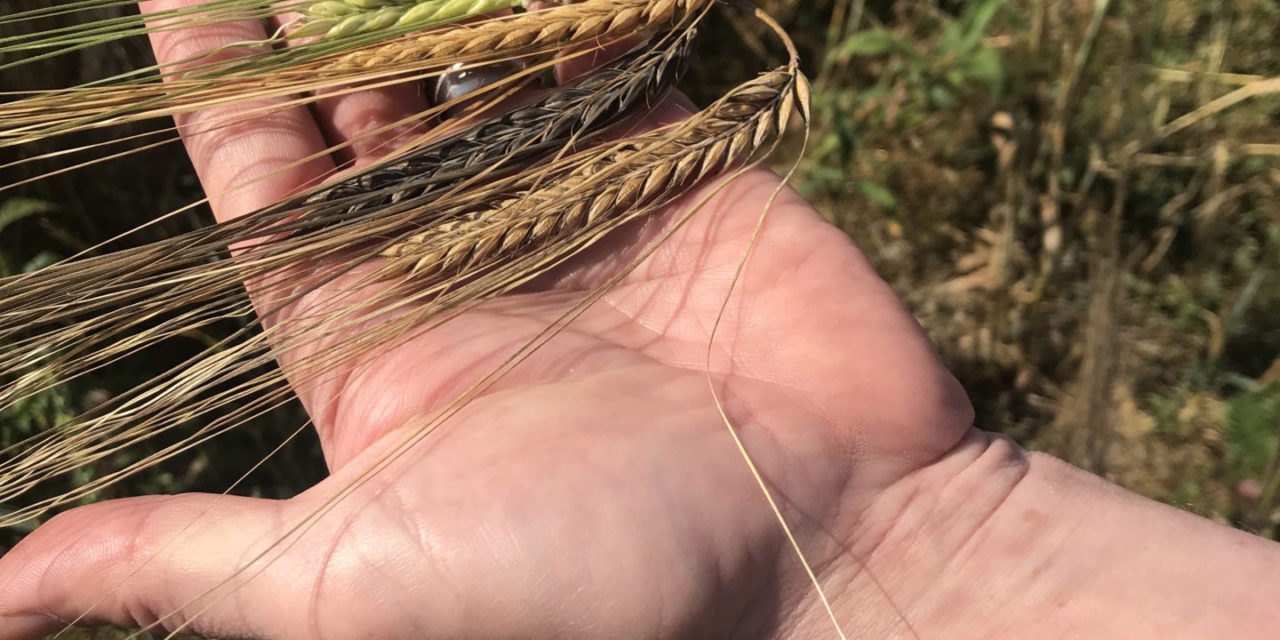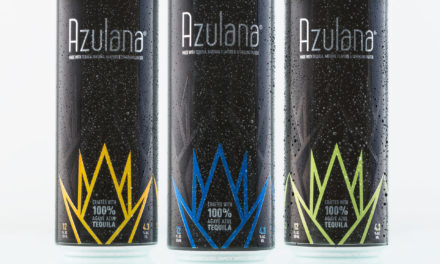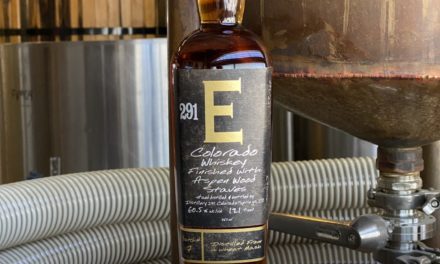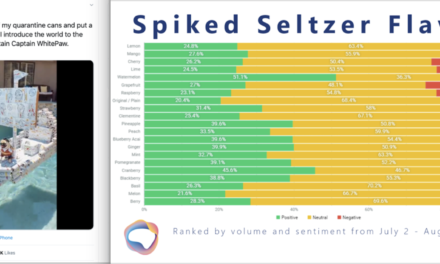Trends don’t appear out of nowhere. They start with a minor concept, which then begins to bubble and intensify. You might say that a trend is first fermented and then distilled—and, if you don’t, I will. Here are some trends that started bubbling in 2019 (or shortly before) and where I think they might venture in 2020.
Heritage grains
Fermented: Producers and consumers have started to pay attention to grains at, well, the granular level. And it’s not just corn whiskey vs. barley vs. rye, consumers are starting to pay attention to what kinds of corn: Yellow dent? Bloody butcher? Jimmy red? Heritage blue corn from Mexico?
Distilled: The heritage of grain will become ever more focused. Next summer, Westland Distilling in Seattle, Wash., will release a series of American single malts made with specific barley varietals, developed in cooperation with growers and academics of The Bread Lab in the Skagit Valley, each with a slightly different flavor. Can a 23 & Me of whiskey be far behind?
History
Fermented: History has long been central to spirits marketing. In whiskey, think about those square, old-timey bottle labels and stories about Ezra, Jack, and Evan. Craft distillers have now been discovering “ancestors” with long beards and impressive hats, and they’re using these forefathers to hitch on to some of the shared story of America, such as those who settled the west, or beat Prohibition.
Distilled: Liquor brands have tended to tell one story, and that story involved European ancestors. Look for more inclusivity as the public grows suspicious of thin and oft-repeated tales. Uncle Nearest bourbon, founded in 2017, has built a brand around the story of its namesake, Nearest Green, a slave who taught Jack Daniels how to distill. I’d expect to see other brands exploring rather than ignoring rum’s connection with slavery, or maybe mezcals that tell more difficult stories of indigenous people.
Provincial spirits
Fermented: The spirits world has been getting friendlier with its country cousins: Mezcal, the more rustic relation to tequila, is booming. And armagnac is getting traction as brandy drinkers look to its rougher, more rustic flavors as a alternative to refined Cognac.
Distilled: It’s as if you won the lottery: Cousins you never knew you had are showing up. Think poitin from Ireland; clarin from Haitii; raicilla, bacanora, and sotol from Mexico. Then there are the fascinating stepchildren, like charanda, a rum from the Mexican state of Michoacan that insists on being called by its own name. You thought pisco and cachaca were outliers? Just wait.
Regions
Fermented: Regionalism has been ascendant in spirits. More consumers appear conversant with geographic districts in Scotland and France, and can discourse about the differences between rums from Jamaica and Martinique. Tennessee producers are more insistent that people call their product Tennessee whiskey and not bourbon.
Distilled: Spirits have long been clannish, but ever-shrinking micro-regions are certain to appear as terroir becomes more broadly sought out by consumers, and then more refined and specific by producers. Gins lends themselves particularly well to micro-regions, especially where botanicals can be harvested within a few miles of the distillery. American single malts are also starting to emerge with a more tightly regional character—Southwest whiskies with barley smoked with mesquite rather than peat, for example.
“Drink local” has devolved to almost the block level with craft beer. Craft spirits may not have the economics to support that, but look for neighborhoods to narrow.











